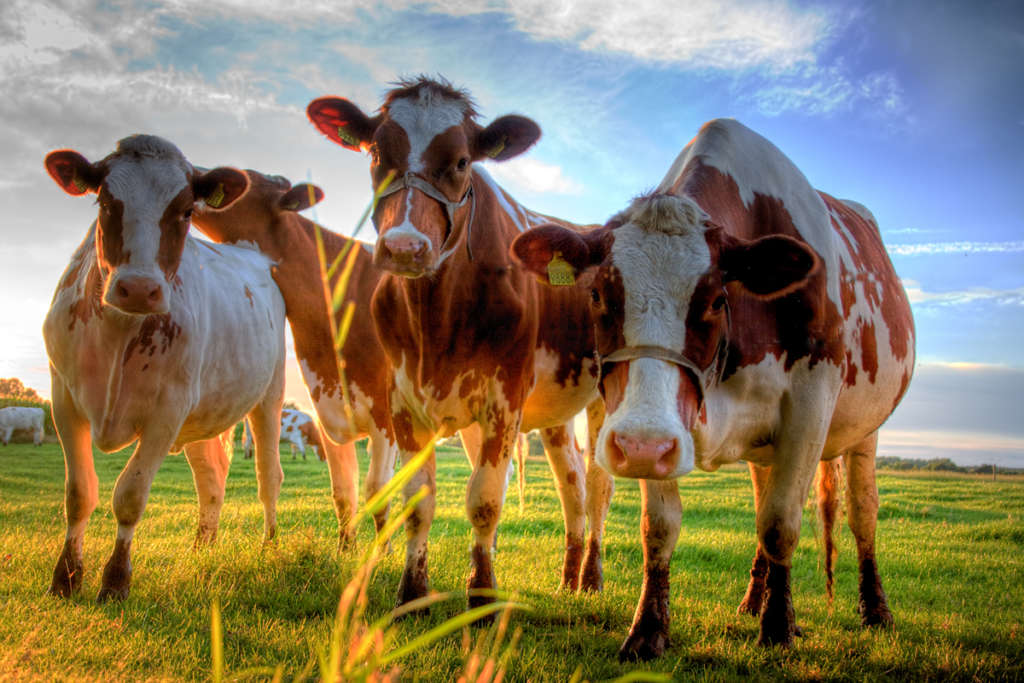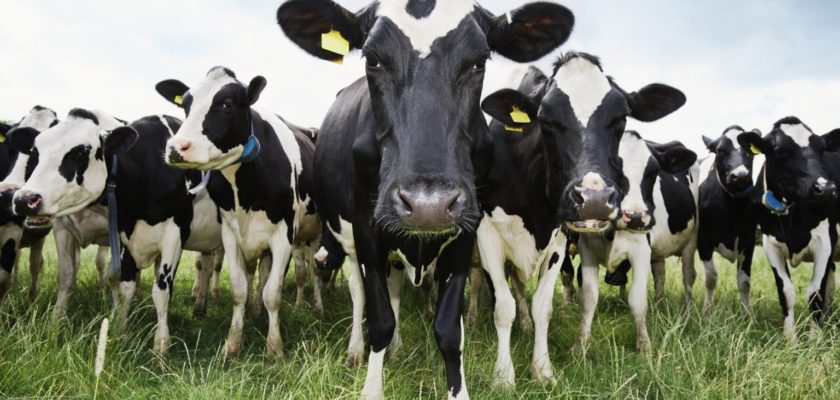From an environmental aspect, the cow is vital in maintaining topsoil, promoting biodiversity, safeguarding wildlife habitat, slowing the development of wildfires, and providing natural fertilizer. Perhaps we should be thankful to them for their contributions to the advancement of our civilization. Whether or not you live on a farm surrounded by cows, the following facts are fascinating to anyone. These are truly amazing animals.
Cow slaughter is permitted in some Indian states
Because around 80% of India’s population is Hindu, the majority of its residents do not consume beef. But, in other parts of the nation, you can eat beef. Indian states such as Nagaland, Arunachal Pradesh, Mizoram, Kerala, Meghalaya, Tripura, and West Bengal have no limits on cow slaughter.
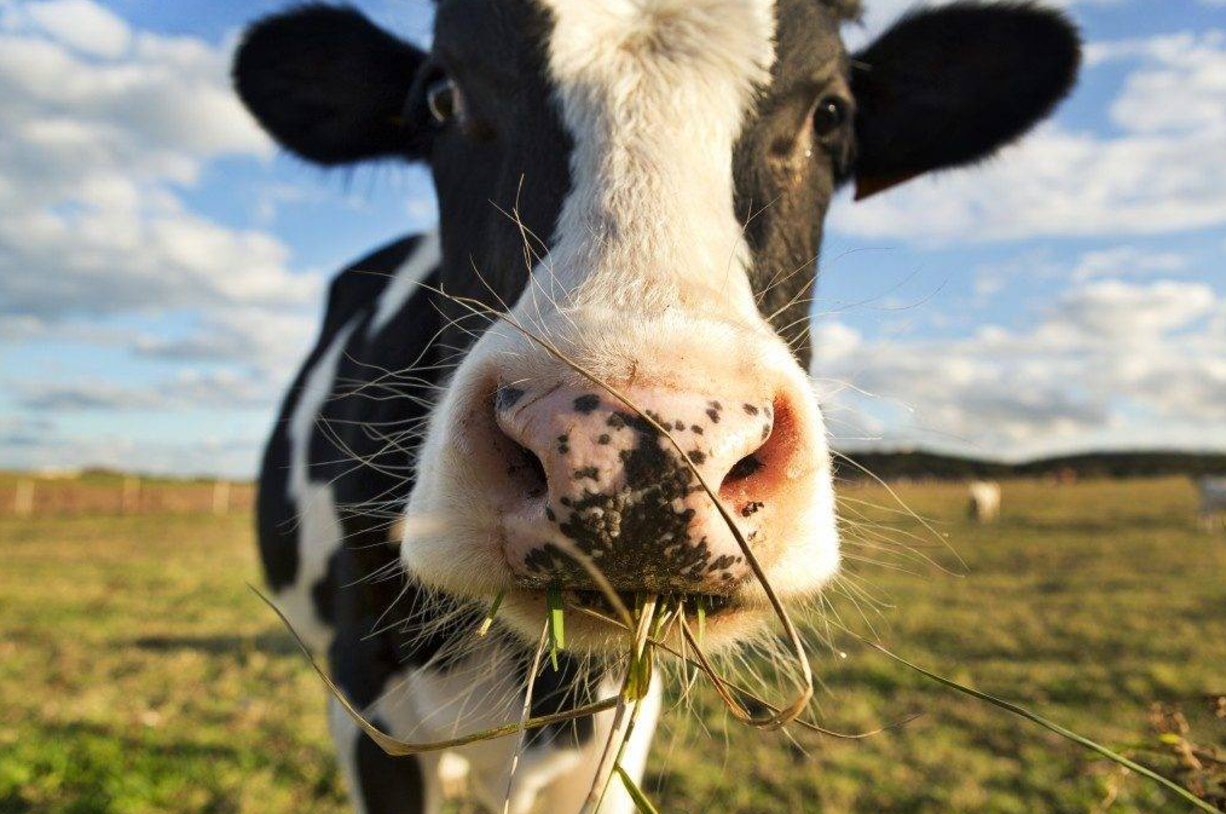
There are still a few wild cow survivors
Several individuals have wondered if there are still wild cows out there. Well, there is, in a nutshell. Although many of the surviving wild species do not resemble the cow we all know from farms and pictures (because the aurochs, Bos primigenius, the wild ancestor of most domestic cattle, has been extinct since the 17th century), you can still visit and see these rare wild cows in zoos such as the San Diego Zoo and the San Diego Zoo Safari Park. The wild cattle species in this area consume low-starch, high-fiber pellets as well as Bermuda and Sudan grass hay.
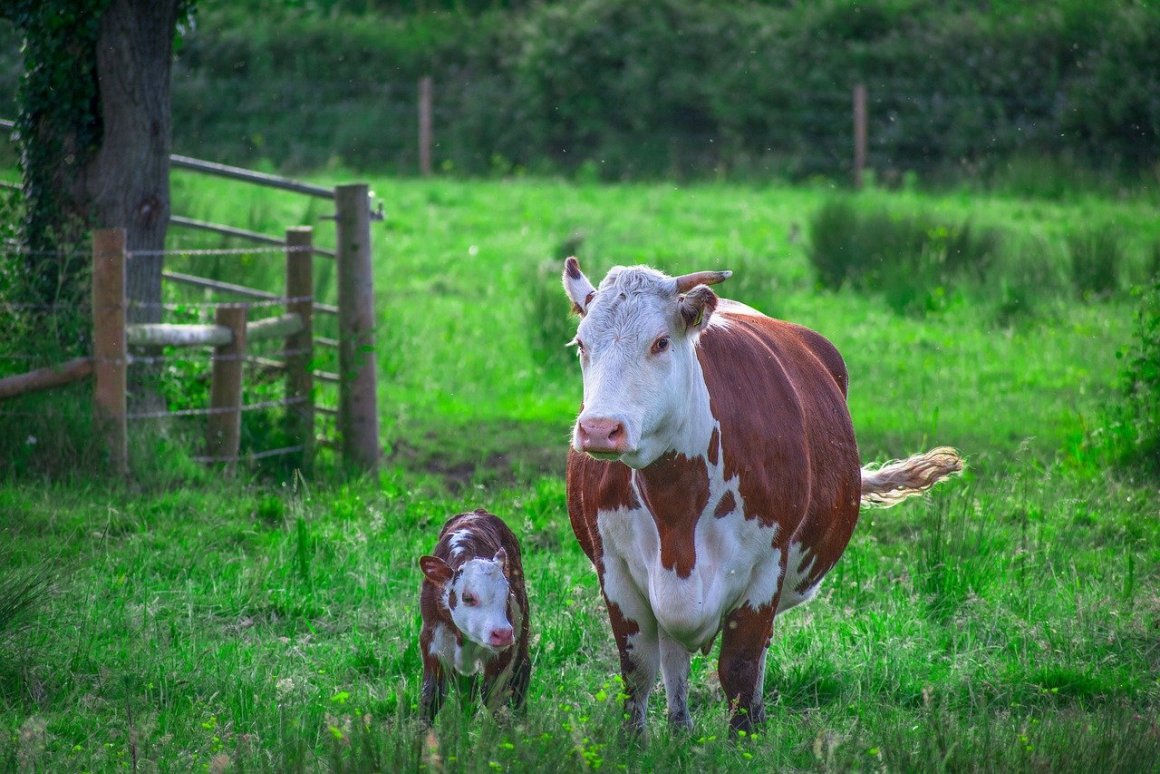
Cattle have an acute sense of taste
Cattle have a highly developed sense of taste and can distinguish between the four major flavors (sweet, salty, bitter, and sour). They have approximately 20,000 taste buds. The intensity of taste perception is determined by the individual’s current food needs. They shun bitter (possibly poisonous) foods and have a strong affinity for sweet (high calorific value) and salty foods (electrolyte balance). Their sensitivity to sour meals aids in maintaining normal ruminal pH.
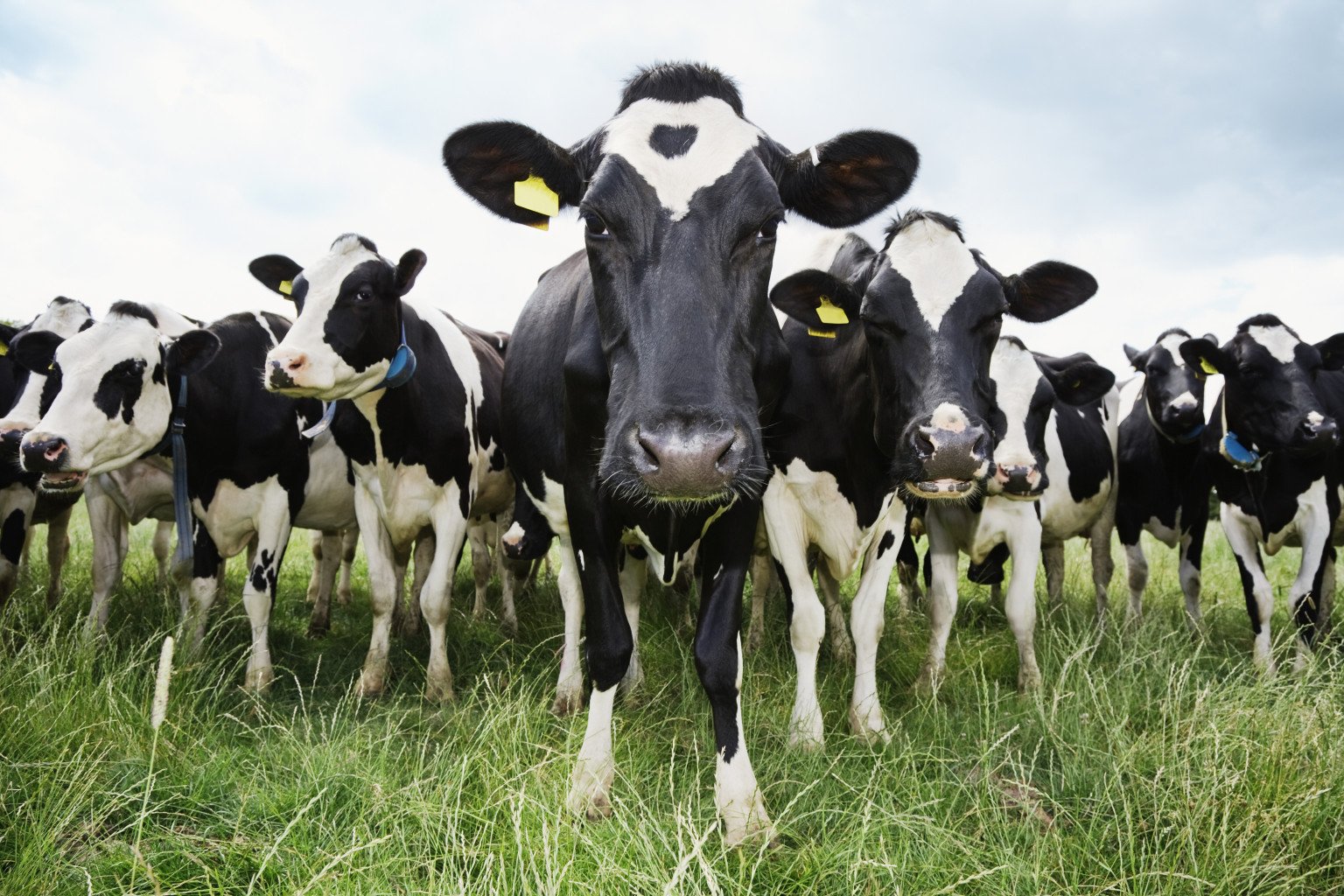
Cows were first domesticated around 10,000 years ago
Taurine cattle were domesticated some 10,500 years ago from as few as 80 wild aurochs progenitors in central Anatolia, the Levant, and Western Iran. Regrettably, due to overhunting and habitat loss, as well as the advancement of agriculture and domestic herds, the wild aurochs became extinct during the 1600s. In the Indian subcontinent, a different domestication process occurred, giving rise to the zebu. As of 2018, there were roughly 1.5 billion cattle in the globe, according to the Food and Agricultural Organization (FAO).
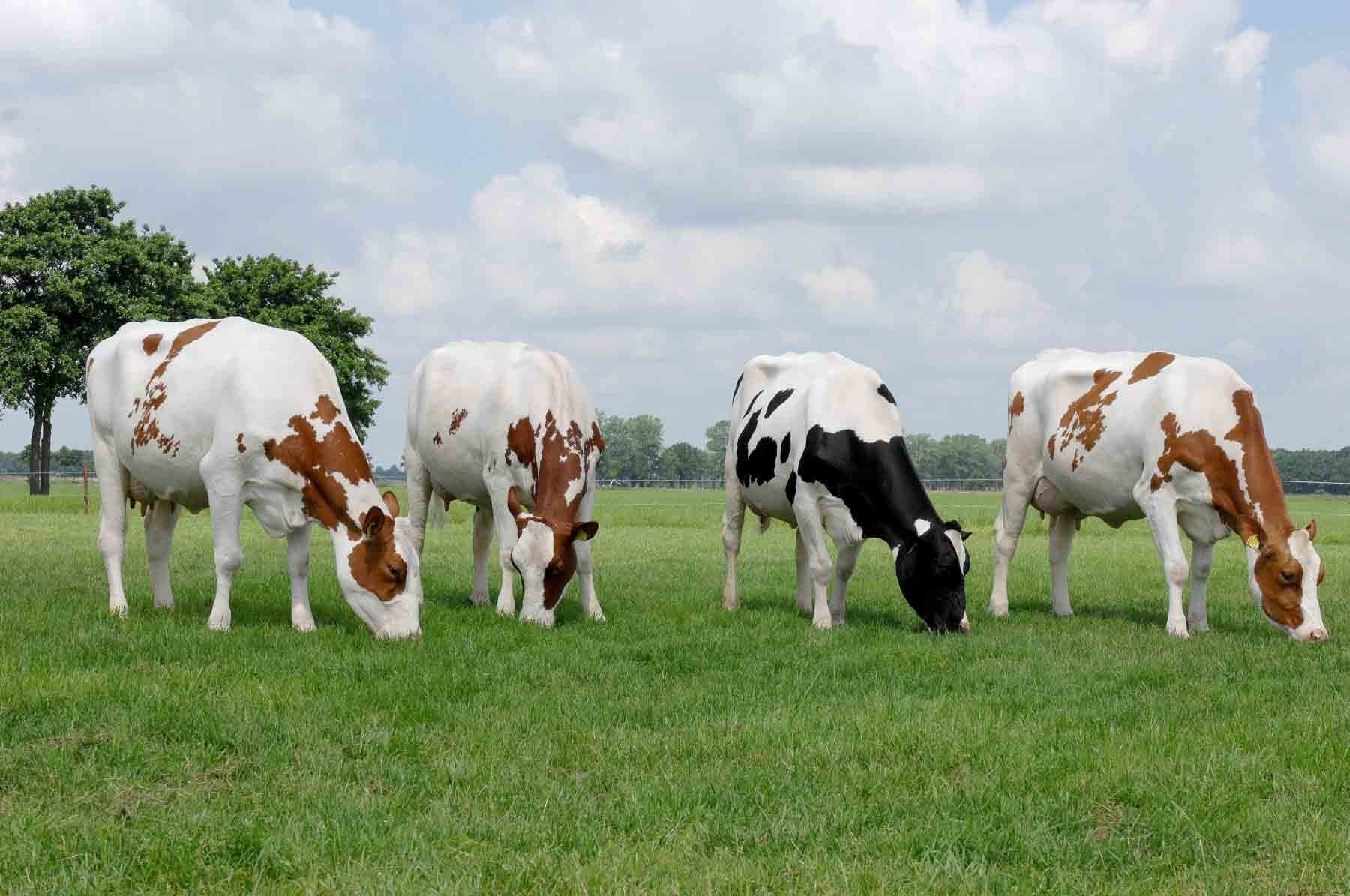
Their gestation period is between 279 and 287 days
Their gestation period is between 279 and 287 days (about 9 months and 10 days). 283 days is the most usual for most breeds. When a calf is born, it weighs approximately 45 pounds and can stand and walk within an hour or two. Cows may generally be bred for the first time at about 21 months of age and continue to deliver until they are about 7 or 8 years old.
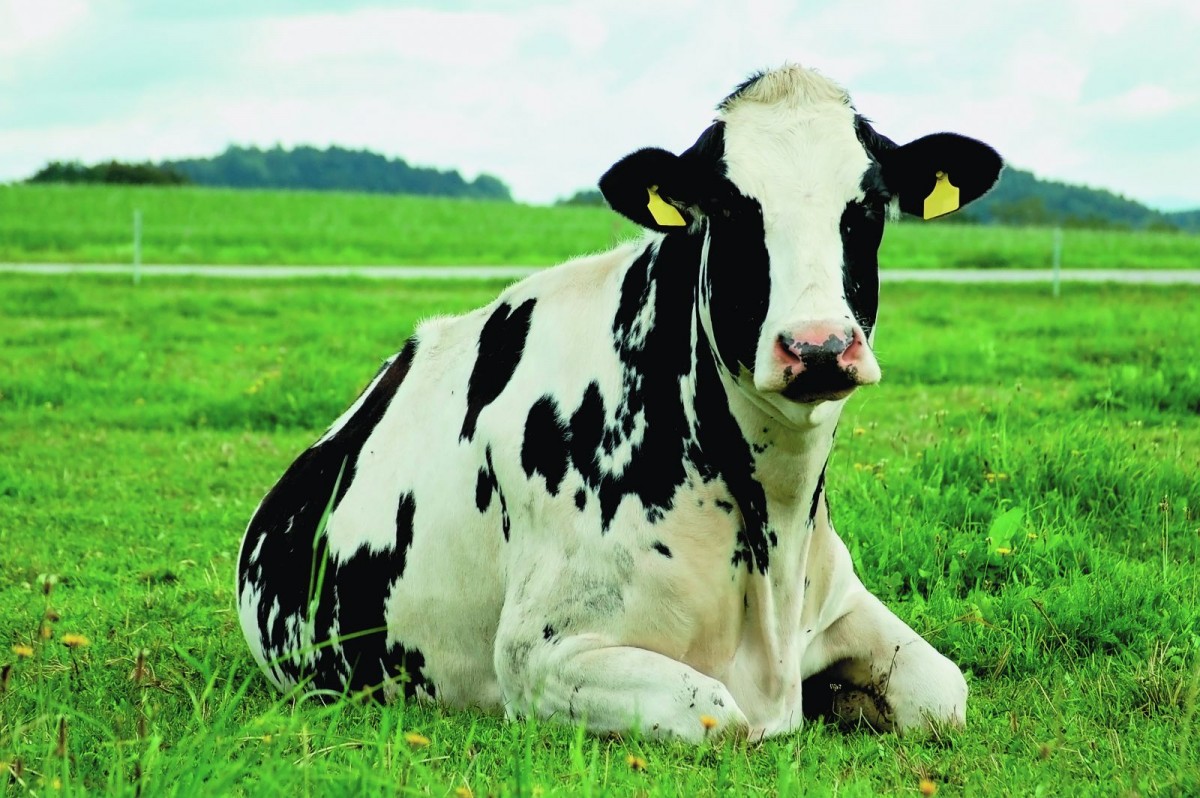
Cows have excellent peripheral vision
Cows can see behind them because their eyes are located on the side of their heads. They can see a range of more than 300 degrees thanks to these eyeballs (compared to our range of 180 degrees). When they lower their heads to graze, their range expands to about 360 degrees, providing them with a panoramic vision of everything around them.

Highland cattle are docile and sociable
The Highland cow is a rustic Scottish cattle breed. This breed originated in the Scottish Highlands and the Scottish Outer Hebrides islands. They have a long shaggy coat and long horns (bulls can weigh up to 800 kg or 1,800 lbs and cows up to 500 kg or 1,100 lbs). The Highland cow is generally gentle and kind, though moms with calves can be extremely protective of their offspring.
